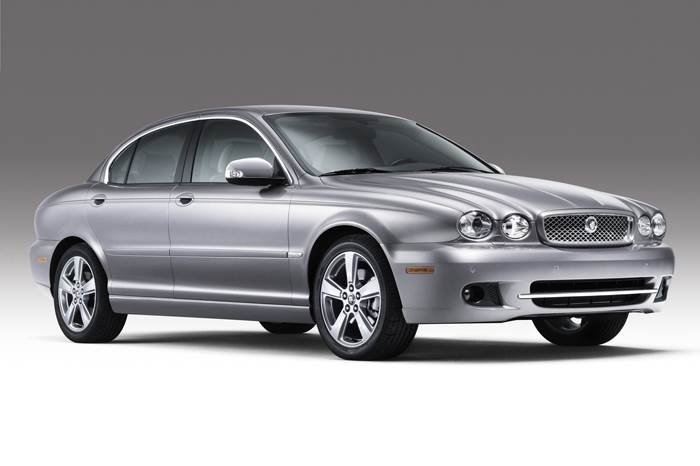Jaguar is close to giving the go-ahead to a range of compact and lightweight rear-drive models that will spearhead a significant sales expansion for the brand.
However, the new line won’t be an obvious rival for established premium cars such as the BMW 3-series and Audi A4, according to senior sources. It will attempt to outpoint the German opposition by emphasising its lightweight aluminium construction and cutting-edge, super-frugal four-cylinder engines.
The global market for compact premium cars of all body styles is heading for two million units annually, and Jaguar bosses have decided to chase serious volume by competing in this ever-growing segment. The British carmaker has sales of less than 60,000 units globally and is still an automotive minnow. It needs to more than double its output in the medium term to secure its future alongside sister company Land Rover.
The junior model range will be based on a new set of components that will also be scalable enough to be used for the next-generation XF and XJ models. This will allow the company eventually to produce “90 percent” of all production from one common components set, according to Adrian Hallmark, Jaguar’s global brand director.
Building all three model ranges on the same highly scalable Premium Lightweight Architecture (PLA) aluminium platform — which made its debut under the Mk4 Range Rover — will allow Jaguar to drive into sustainable profitability by running its Castle Bromwich plant at full capacity.
Although targeting the 3-series would be an expected move for the new small Jaguar, Hallmark said the company wouldn’t be taking the most obvious route.
“The 3-series is an easy simile for where we could go, but it’s not the only gig in town,” he said. “All the cars are good in that segment. All have the blend of performance and efficiency, as well as very sophisticated equipment.
“It took Audi 20 years to build up to where it is. For us to come in and go to the top of the league is impossible, so we have to find ways of expanding our business profitably and we’re well developed in that process. We are undergoing creative analysis of competitors and consumers.”
Hallmark pointed out that the competitiveness of this premium sector made the move very difficult.
“Trying to find a gap to exploit is a real challenge,” he said. “Nobody is waiting for another competitor to enter a segment. For us to enter… we have to have a winning proposition. It has to have a twist, something relevant to the consumer. But the Jaguar brand should define everything.”
He also hinted that the new model would expand into a full line-up of body styles. “All makers in that segment have a successful strategy of different versions: coupés, cabrios, estates, engines. You have to be flexible in that segment.”
The decision to forge ahead with the compact saloon means the proposed new Jaguar crossover has been put on the back burner.
“Even though the SUV market is growing, the saloon market is still twice the size, especially in the US,” said Hallmark. “A crossover would make more noise for us than a saloon, but we already have SUVs in the company and we’re not in a rush to add to that. You might not make as much profit on a saloon as an SUV, but you don’t expect the likes of Audi to stop making the A4.”
Hallmark also said that although the PLA can be spun into a front-wheel drive format, Jaguar did not have a front-drive car planned. “But there’s no reason why not in the future, as it’s totally scalable and flexible,” he said.
Ian Callum, Jaguar’s design chief, gave further clues about why Jaguar is zeroing in on a big-selling compact saloon. “The world is downsizing in many areas,” he said. “I think downsizing can only go so far. Then it comes down to the efficiency of the vehicle. Mass, rather than size, is something we have a big lead on with our aluminium construction. Downsizing is not off our radar and we have to take it seriously. But we’ve got the head start on mass.
“I think Jaguar has to do something different. The challenge is to do this across a whole range of vehicles. Some our rivals have four-door coupés, which we’d love to see. The Mercedes CLA could be a template for a smaller Jaguar, but that’s not what we’d do.
“A Jaguar needs to work as a Jaguar, with a set of components to match our mould,” Callum said. “Jaguars have a rational, pragmatic set of values. They are styled a bit differently but need to be conventional enough to be usable. It’s Jaguar’s turn [after Land Rover] to grow next. We will grow and could become formidable if all goes well and we get the planning done properly.”



Comments
Member Login
Personal Details
No comments yet. Be the first to comment.